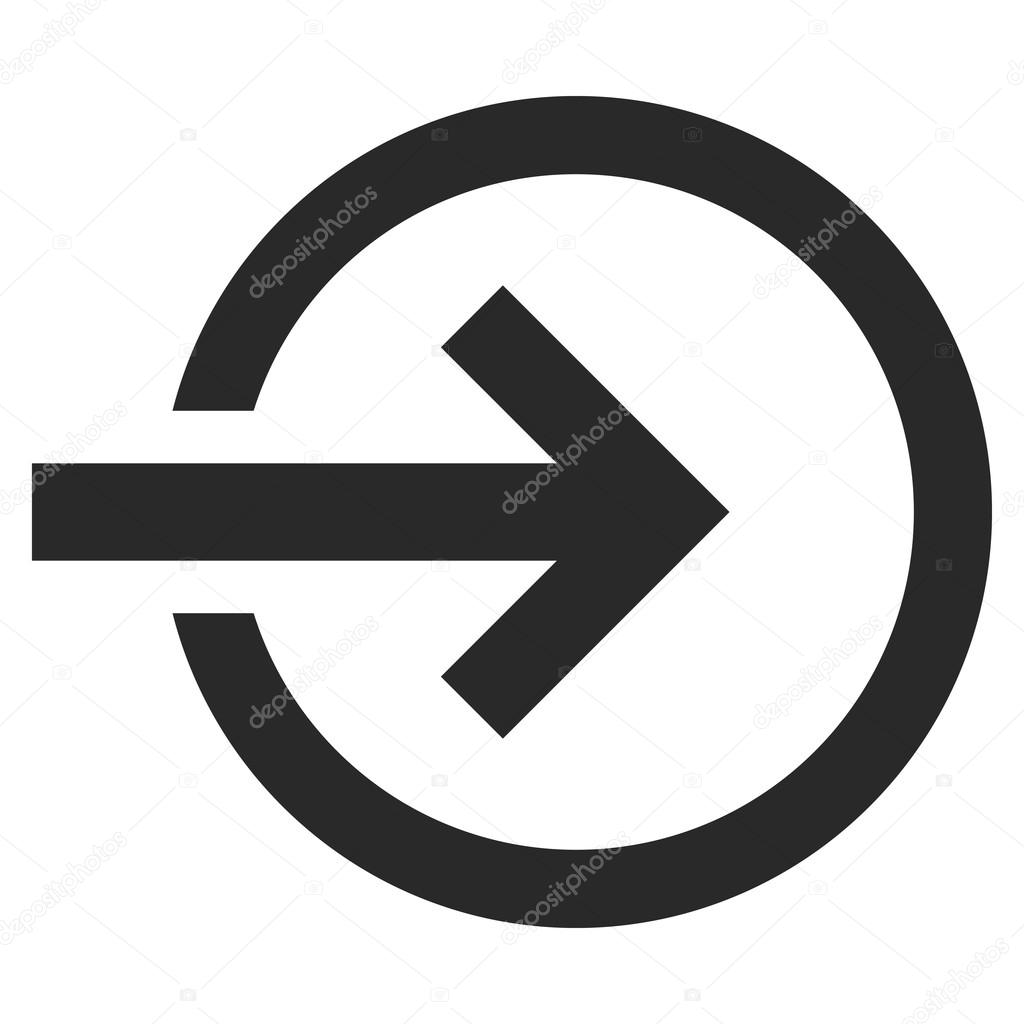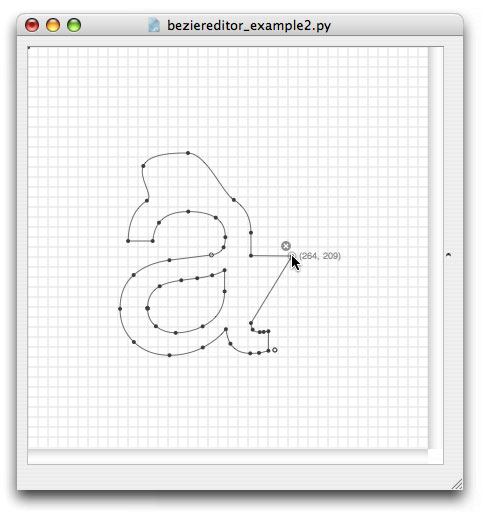


The aggdraw example is very similar to Cairo.

Surface.write_to_png('cairo_example.png') Two of the main differences between this and the NodeBox example are that there is a bit more setup (Cairo doesn't default to a white background) and we need to have a reference to the context for drawing, where NodeBox has an implicit drawing context.
NODEBOX SVG IMPORT PDF
The lines in cairo_main where we create the surface and where we save it are all we would have to change if we wanted to generate a Cocoa view, an SVG document, a PDF document, etc. Size(WIDTH, HEIGHT) # nodebox wants to know how big a canvas you are working withĭraw_all(nodebox_poly) # No additional setup needed Moveto(*pts) # start and end at the last point in the list def nodebox_poly(pts, clr):įill(*ints2floats(clr)) # convert ints in range 0-255 into floats between 0.0 and 1.0īeginpath() # every time we want to change colours or linewidth we need to start a new path They take a tuple of point tuples (x,y) and a tuple of colors (r,g,b,a) as ints between 0 and 255. The drawing routines all have the same signature. All of which was probably more work than was strictly necessary, but should be stable across different versions of Python and different operating systems. To get 50 different polygons, I used a list of primes, chose from the list at random, then used those selected values to increment each polygon vertex and color value (red, green, blue, and alpha). I could seed the random with a set value, but decided to use random to generate starting values, then just re-use those initial values. The first thing I worked up was a way to draw "random" polygons in the same way for each libary. In Processing they call programs "sketches" and in NodeBox that is very much what it feels like. I began with NodeBox, because it is so easy work with. No optimizations here, just the simplest thing I could do that worked. At the end I will present the utility functions used which were the same for all libraries. While the images below look identical (at least they do to me), each was drawn with its respective library.įor each library I will present the drawing function and the main function that sets things up and drives it. So if there is any interest in those examples, or others I may have forgotten, let me know in the comments. I was going to do some for the browser canvas, Processing, PyObjC, and SVG, but a) I wanted to get this post out, and b) P圜airo can already output to SVG and Cocoa (and Processing will be very similar to NodeBox). I've got examples for NodeBox, aggdraw, and pycairo.
NODEBOX SVG IMPORT HOW TO
I wasn't able to find much about where AGG is used.Īnyway, here are some examples showing how to draw polygons with variable opacity (or alpha). I know Cairo is used by Mozilla, GTX+, Mono, Inkscape, and WebKit (under GTX+).

I've been meaning to play with both of these, but don't know enough about either project to know what is better about one vs. A check of the PIL API didn't turn up anything, but there is an optional add-on to the PIL called aggdraw, which is based on Anti-Grain Geometry (AGG), a graphics library that seems to cover similar ground to Cairo. A recent comment from Roger Aisling on the second of those posts asked about drawing with opacity in the Python Image Library (PIL). This is something of a followup to earlier posts Drawing Hexmaps and Saving PNG from PyGame.
NODEBOX SVG IMPORT CODE
Wolfram Knowledgebase Curated computable knowledge powering Wolfram|Alpha.Living Code A program is a process, not a thing Drawing with opacity Wolfram Universal Deployment System Instant deployment across cloud, desktop, mobile, and more. Wolfram Data Framework Semantic framework for real-world data.


 0 kommentar(er)
0 kommentar(er)
